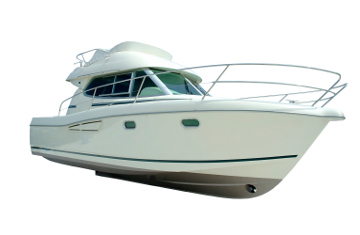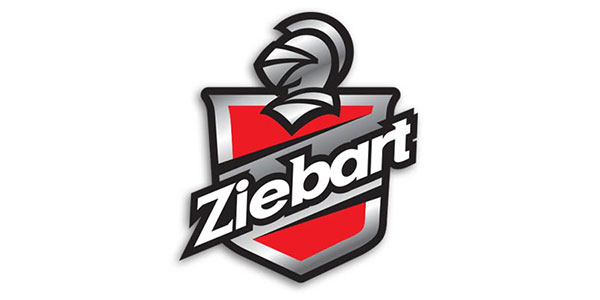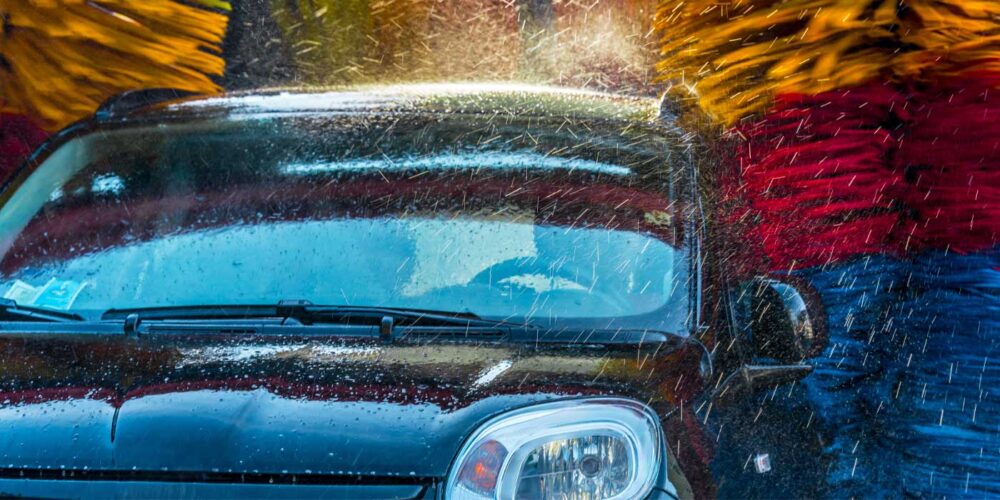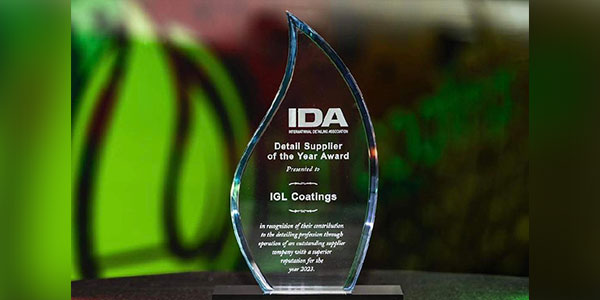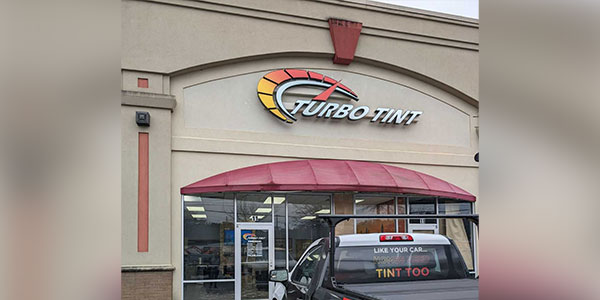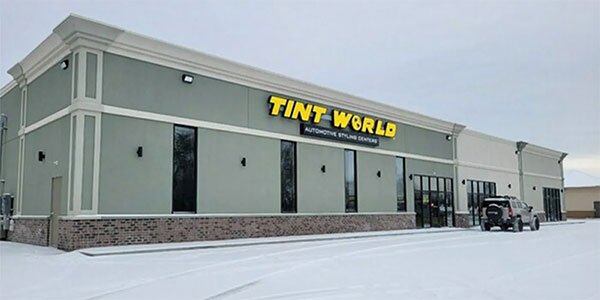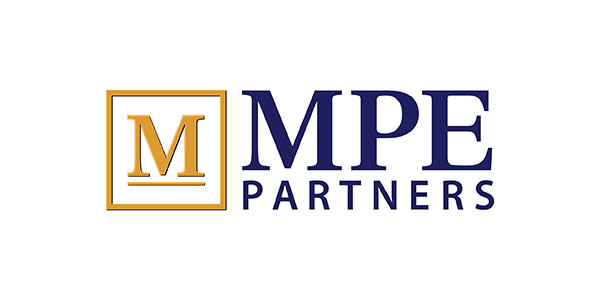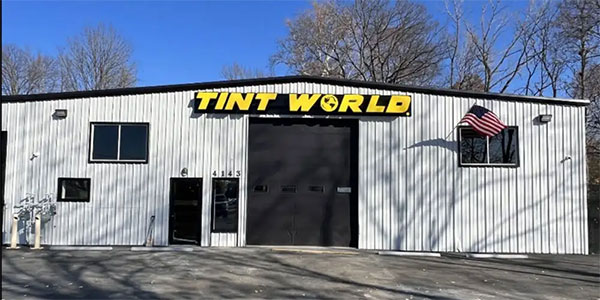The cornerstone of any successful detail business is knowledge. Most problems encountered in the day to day operation of your detail business can be traced to the lack thereof. What can be done? Training, whether done formally, on your own using training manuals, CDs, internet or trade magazines. Remember, knowledge is power.
Another great way to build a successful detail business is to constantly expand your customer base. One effective way to do this is to offer services to different types of vehicles. Detailing boats and RVs can be a great way to reach out to consumers who might already be using your car detailing business. But, keep in mind, offering more services means becoming a more knowledgeable business owner. You will be dealing with a wide variety of materials and situations you might not have encountered before – like fiberglass and Filon.
What is fiberglass?
Fiberglass is the trademarked product of the Owens Corning company, invented in 1938 and marketed as a home insulation product (Fiberglas). While home insulation remains one of the most common applications of fiberglass, the name itself has become a generic term for any material containing thin fibers of glass formed into a woven layer or used as reinforcement.
Fiberglass fibers are made from molten glass extruded at a specified diameter. The fibers are gathered into bundles and the bundles combined to create a roving. Rovings are a continuous rope, similar to twine, and are wound on a mandrel to form a ball called a doff.
Reinforcements for FRP (fiberglass reinforced plastic) are made from rovings that are either chopped into short strands or woven into a cloth.
What is Filon®?
Filon panels are used as the exterior sidewalls of an RV. They are produced by a continuous process that combines colored polyester resin (the color goes all the way through) with glass fiber reinforcement. This composite material cures to form the Filon panel. This process makes panels up to 110” wide and up to 500’ long rolls.
There are four surface finishes.
- Standard RBP;
- Enhanced RBP2 (less fibers showing);
- Reflections (high gloss); and
- Medallion (ultra high gloss), the only one that has UV inhibitors added to the gel-coat.
The smoother the panel, the more resin (gel-coat) added during the production process.
What is gel-coat?
In the first step of manufacturing process, a thick layer of resin, with a color added, is sprayed into a mold. This will become the outer surface of the part, and is called gel-coat. Next, the layers of resin impregnated glass fiber cloth are built up to the desired thickness.
When the resin hardens, the part is removed from the mold. The molded part is made of fiberglass, and the outer surface, called gel-cost is smooth and glossy.
Maintaining the gloss of a new gel-coat finish
A new fiberglass part is at its smoothest and shiniest when first removed from the mold. To maintain this gloss, use a high quality synthetic wax or gel-cost/fiberglass sealant. Both offer greater protection and extended durability over Carnauba wax based products. It is important to remember that most gels do not contain UV inhibitors.
Maintenance products
Many products can be used to maintain that smooth, glossy finish. Many old salts will only use a natural carnauba wax but boat manufacturers are increasingly recommending only gel coat sealant.
The durability of carnauba wax is very limited, especially on powerboats. Combining the corrosive effects of salt water, and the abrasion caused by the hull cutting through the water, limits its durability. Above the waterline is not much better. Carnauba waxes start to melt around 150 degrees F. Direct and reflected UV and thermal radiation is literally melting the wax off the finish.
Synthetic sealants, on the other hand, have better bonding characteristics than carnauba waxes, better abrasion resistance and melting points in the thousands of degrees. Synthetic sealant will outlast carnauba waxes and will typically produce a brighter shine. Sealant should last 180 days, even in salt water.
So why the debate? In the early days of recreational boating, enthusiasts often applied automotive sealant to their boat’s gel coat. Many of these early sealants contained strong petroleum solvents and/or coarse abrasives which actually accelerated gel coat oxidation. These enthusiasts were applying a protective sealant to their boat only to have it quickly turn a dull, chalky white. No wonder sealant got a bad image among early boaters.
For the most part, boat/RV products available in the after market are renamed automotive waxes and sealants. So you may be paying more for the same thing. Most synthetic waxes/sealants that are safe for clear coats will work.
So why isn’t gel-coat clear-coated? It can be, and was done in the 70’s on the metal flake colors and again in 90’s in the kit car bodies and tournament style ski boats. It’s not the same as an automotive clear coat.
In clear, gel-coat finishes, the same resin is used for the first step but no color is added. The disadvantage of clear gel coat is that discoloration of the inner layers will occur, and the color can not be restored because it is under the top, clear, gel coat. Polishing can restore clarity to the top, clear, gel coat but can not restore faded colors under the clear, gel coat.
By now I’m sure you figured out that Filon is basically a flat fiberglass/ gel-coated panel, that is maintained in the same way as a molded part
Restoring oxidized gel-coat
Exposure to ozone and ultraviolet light causes polymers on the surface to gradually breakdown. Think of this oxidation process as plastic rust. As the surface oxidizes, pores open in the gel coat containing oxidized resin molecules called chalk. This chalk eventually turns the entire outer surface a dull, opaque color.
Another problem shared by both carnauba waxes and automotive sealant has to do with the very nature of gel coats. Gel coat is porous. When viewed under a microscope, a boat’s flat, smooth gel coat surface is millions of tiny holes. These holes, or pores, fill with microscopic grime; marine scum and salt crystals, which promote gel coat oxidation. Think of this oxidation as plastic rust. The contamination in the pores eats away the gel coat from the inside, filling the pores with a dull chalk-like color. As the chalk fills more pores, the entire gel coat surface will take on a dull, whitish finish.
Carnauba waxes and automotive sealant do not remove pre-existing micro-contamination in the pores. Worse, they seal the contamination in place where it continues to oxidize from the inside.
What can we do about this? Remove the surface layer with an abrasive. Sandpaper is generally too coarse, so a polish with a very fine abrasive or a coarse rubbing compound is used, followed by polishing and a wax or sealant. But it’s just about impossible to polish the surface to the high gloss of new gel-coat.
What products do we use?
Let’s break it down into the categories of:
- Compounds;
- Polishes;
- One step waxes/sealants;
- Waxes and sealants; and
- Restorers
Compounds: Use to restore a heavily oxidized finish
First thing to remember is the color of the compound. When working on chalky Gel-coat, the color will transfer. So it’s important to find compound that has little or no color (white). Dark brown or red color will soak in to the gel-coat permanently. Also, the coarser the compound, the more steps are necessary to restore gloss.
Some of the newer VOC compliant paint leveling glaze/compounds work great on gel coat with one down side: they are messy, and not something I would use in a mobile situation in a customers driveway.
Polishes: Use to restore a moderately oxidized finish
Select a polish with a fine grid compound that will remove moderate chalk and the scratches left by the compound. Color is still important here; this can be the first step if the finish is not heavily oxidized. My personal favorite here is a semi-liquid metal polish. The label on most metal polishes recommends use on fiberglass and plastic surfaces.
One-step waxes/sealants: Use to restore lightly oxidized finish
One-step can be used to maintain a gel coat finish in the first year of service and in the following years to keep the gloss at its best. To restoring a lightly oxidized finish, select one which has a super-fine compound, or non abrasive cleaner, with a synthetic wax/sealant. The metal polish can be used as well, for wholesale work or followed up with a wax/sealant for retail.
Waxes and sealants: Use on just polished gel coat
Gel coats should be protected with either a synthetic wax or a gel coat/fiberglass sealant. Both offer greater protection and extended durability because they seal the pores from air (ozone) better than a carnauba wax, as carnauba does not last on gel coat. If using a professional synthetic wax or gel coat/Fiberglas sealant, plan on applying a protective coating twice a year.
Select a product that has UV protection and no abrasives; the new automotive sealants work excellently on gel coat.
Restorers: Use when the finish is too far gone to polish
Sometimes the gel coat is too far gone and cannot be restored using the usual methods of buffing and polishing. This is where the restorers fit in, almost any liquid, including water, will provide a high gloss – for a while.
Fiberglass restorers use a water based emulsion of acrylic-urethane resin droplets, which form a clear, durable film when the restorer is applied, and the water evaporates.
These emulsions have very low viscosities, much like water or liquid floor wax, and dry rapidly. This combination of characteristics makes multiple coats necessary; you don’t have to wait more than a few minutes before applying the next coat. Instructions usually call for five coats, with three maintenance coats at the end of each year.
Randy Lowe owns and operates Custom Detail in Salem, Oregon. He has over 30 years experience in boat and RV building, repair and detailing business. He is a member of the PDTA and ICA. To contact Randy, visit www.randyscustomdetail.com.

